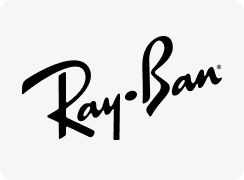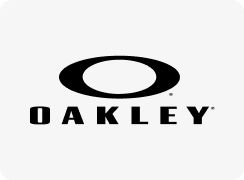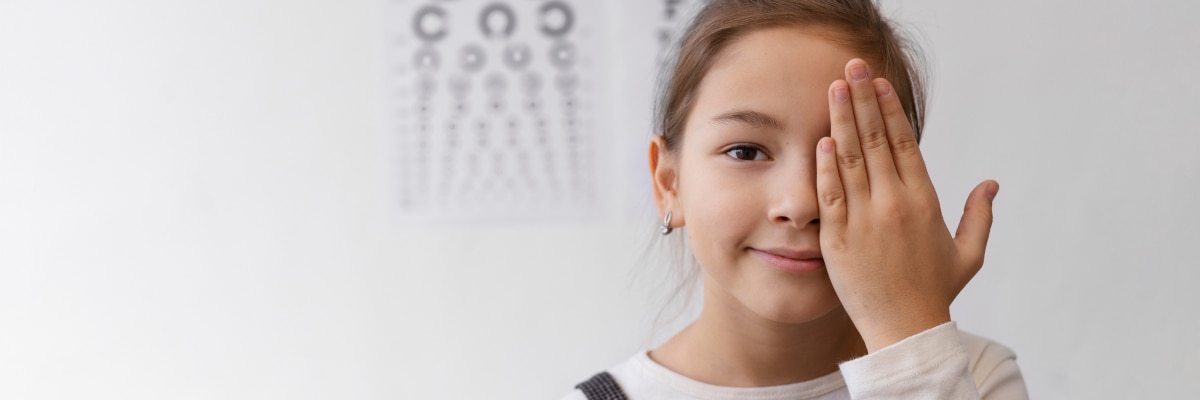In the EBD Blog
Reviewed by Sonia Kelley, OD, MS on October 20, 2023
What is Considered a Normal Eye Pressure Range?
Eye pressure, also known as intraocular pressure (IOP), plays an important role in maintaining good eye health and vision. It refers to the fluid pressure inside the eye and is measured in millimeters of mercury (mmHg).
A normal range for IOP is typically between 10-20 mmHg. However, normal IOP can vary from person to person. Only an eye care professional can determine what is a "normal" eye pressure for you based on factors like age, race, and family history.
High eye pressure increases the risk of a condition known as glaucoma, which is the second-leading cause of blindness worldwide. Regular eye exams are the best way to catch high IOP, glaucoma, and other potential eye problems early on.
What Is Intraocular Pressure?
The pressure inside your eye is regulated automatically. As your eye makes new aqueous humor (the clear fluid that fills the front part of your eye), an equal amount of older fluid flows out through a drainage system called the trabecular meshwork, which lies at the angle between the cornea and the iris (the drainage angle).
However, if the drainage angle is blocked, too narrow, or doesn't function properly, the fluid can’t flow out as it should. This buildup causes the pressure inside the eye to increase.
High IOP can damage the optic nerve, which is responsible for sending visual information from the eye to the brain. This damage can lead to vision loss and even blindness if not treated in time.
How is Eye Pressure Measured?
Tonometry is the method used to determine eye pressure. It involves measuring how much pressure is needed to flatten a small area of the cornea (the clear layer on the front part of the eye).
One of the most common methods of tonometry is called applanation tonometry, where a special device is used to gently touch the eye. This method can be quickly performed and provides an accurate reading. Eye doctors may also perform a non-contact method called air-puff tonometry, which uses a puff of air to measure IOP.
What Happens if Eye Pressure is Too High?
High eye pressure can lead to glaucoma, a group of eye conditions that cause damage to the optic nerve. There are several types of glaucoma, but all can lead to vision loss or blindness if not properly managed.
The early stages of glaucoma may present no symptoms at first. In fact, up to 50% of people with glaucoma are unaware they have the condition. However, as it progresses, a gradual loss of peripheral vision and other symptoms can occur.
Risk Factors for High Eye Pressure
While anyone can develop high eye pressure, some factors put people at a higher risk. These can include:
- Age – People over 60 are at a higher risk for developing glaucoma. This risk is higher in those who are also of Hispanic or Latino heritage.
- Race – African Americans over 40 are more likely to develop glaucoma.
- Family history – If you have a close relative with glaucoma, especially a parent or sibling, your risk increases.
- Medical conditions – Diabetes, high blood pressure, hypothyroidism, and other medical conditions may increase a person’s risk of getting glaucoma.
According to the American Optometric Association, the risk of developing glaucoma increases with age. You are six times more likely to have glaucoma if you’re over 60.
Normal Eye Pressure by Age
High eye pressure is a risk factor for several forms of glaucoma. The drainage system in the eye also doesn’t work as well as people get older, which can increase eye pressure. As such, it’s important to understand that age may play a role in determining your normal eye pressure range.
An eye doctor can determine if you have normal intraocular pressure for your age. A standard range for adults is between 10-20 mmHg, but this doesn’t account for individual risk factors. This is one of the reasons why routine eye exams are crucial.
Treatment for High Eye Pressure
If your eye pressure falls outside of the normal IOP range, your eye doctor may recommend treatment. The main goal of treatment is to lower the pressure inside the eye and prevent damage to the optic nerve. Treatment options may include:
- Eye drops – Prescription eye drops help increase drainage and/or decrease fluid in the eye. Drops are generally applied daily and should be taken consistently to maintain results.
- Laser therapy – Laser glaucoma treatment opens blocked drainage channels within the eye. This therapy may not replace the need for eye drops completely, but the results of laser treatment may last for up to several years.
- Surgery – A common surgery to treat glaucoma is called a trabeculectomy. It provides a new pathway for excess fluid to drain by creating an opening under the eyelid. A newer surgery is called minimally invasive glaucoma surgery (MIGS). It involves the use of stents or other devices to control how much fluid drains from the eye. Surgery may be recommended for advanced cases where other treatments haven’t been successful.
Get Your IOP Checked Regularly
A comprehensive eye exam is the only way to determine your normal eye pressure range. Your eye doctor will check your intraocular pressure as part of a routine eye exam.
By monitoring and managing high IOP, you can reduce the risk of developing glaucoma and help preserve your vision for years to come. Don't wait until symptoms appear — consider scheduling an appointment with your eye doctor as soon as possible.

















